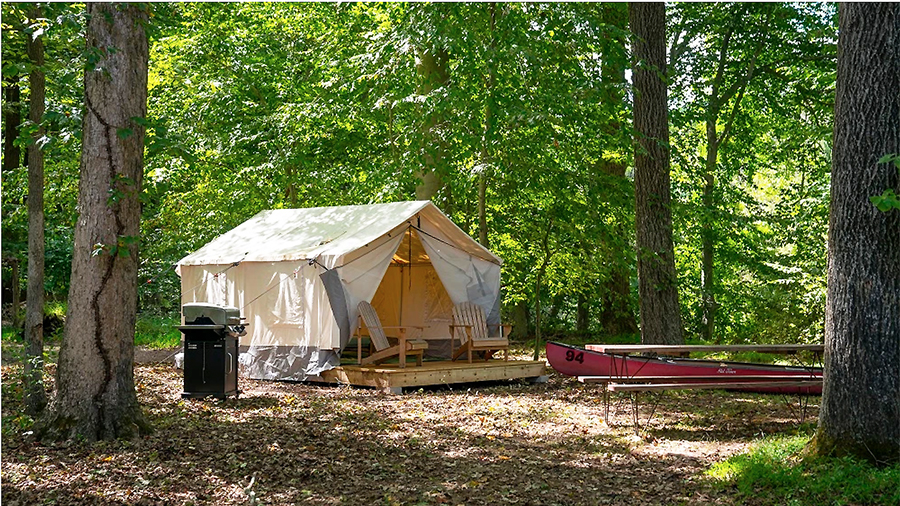The KOA Monthly Research Report for July continues to forecast that more North American households plan to camp this year and projects that 53.5 million households will camp in 2021.
Following the release of its annual North American Camping Report in April, ongoing monthly research conducted by KOA indicates a dramatic month-over-month growth in camping interest and in the camping lifestyle.
July data suggested that 24.5 million campers would venture out in the month. KOA also noted impressive growth in the number of new campers, estimated to reflect 4.9 million by the end of 2021, up from its estimate of 4.3 million in May and 4.8 million in June.
Looking at the summer as a whole, KOA’s data shows that 52 percent of all North American campers plan to camp even as monthly research shows campers across the U.S. and Canada deal with outside forces that could affect camping behavior.
“It’s very encouraging to see month-over-month growth in camping interest among veteran and new campers,” said Toby O’Rourke, president and CEO, Kampgrounds of America. “While we are still seeing outside factors, like COVID and now higher gas prices in the U.S. affecting travel, camping is not only proving to be a top vacation option but the preferred mode of travel for a growing segment of the population.”
While COVID concerns are a primary reason for changes to camping plans (40 percent), financial concerns and gas prices are also considerations. Nearly 7-in-10 campers said that increasing gas prices could affect their summer camping plans.
“As a business that is tied to road travel, we keep a close pulse on fuel prices,” O’Rourke said. “We have seen exponential growth in camping households across the U.S. and throughout our organization. In fact, the dramatic year-over-year growth KOA experienced for ten years after the 2008 recession began as prices at the gas pump started to rise, indicating resiliency among our camping base. People may be taking trips closer to home or staying at locations longer, but we are not seeing a slowing in the desire to camp.”
Notably, 31 percent of campers said that increased gas prices would have no impact on their camping plans, and most respondents said that higher gas prices could cause them to take fewer trips (37 percent) or trips that were closer to home (33 percent).
Continuing trends established in prior months suggested campers are most likely to spend their trips at a state park (76 percent), national park (74 percent) or privately-owned campgrounds (61 percent) this summer. Top states for summer camping include California, New York, Florida, and Pennsylvania.
The full report is here.
Photo courtesy Treasure Island Outfitters















